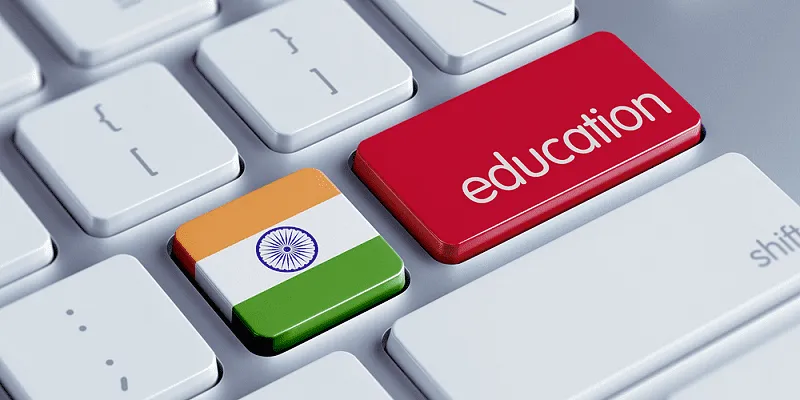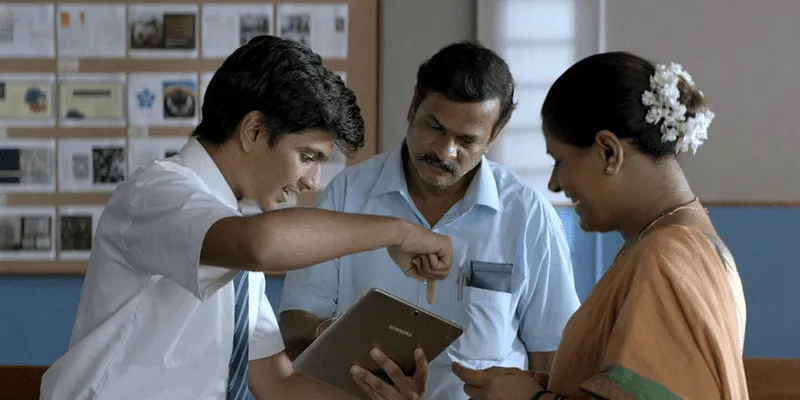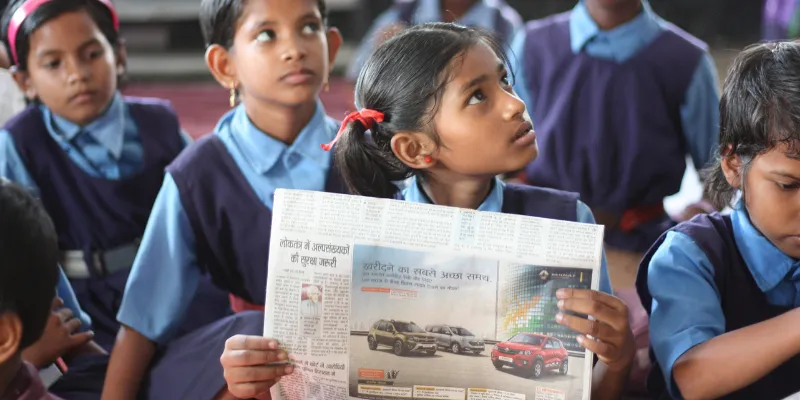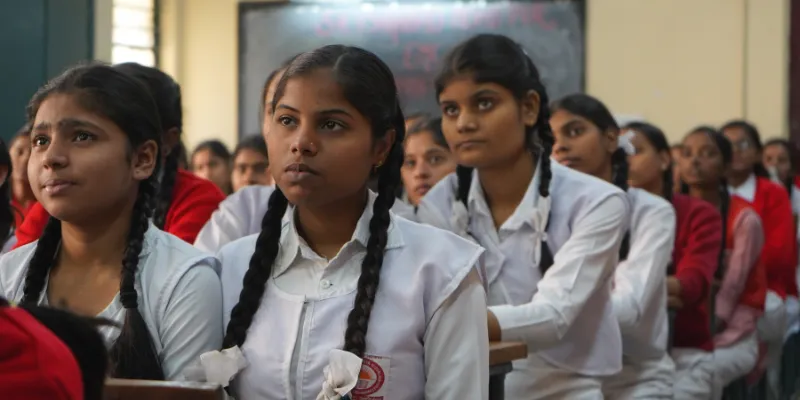Govt schemes, infrastructure, incentives — what Indian states adopted to achieve high literacy rate
The National Statistical Office released a survey comprising the literacy rates of children who are seven years and older among all the Indian states. SocialStory explores the reasons behind the triumph of some of the most literate states.
The Right to Education Act (RTE) came into effect on April 1, 2010. With that, India joined 134 other countries to have emphasised the significance of free and compulsory education for children between the age groups of six and 14 years. The act identified four key areas to nurture — availability, accessibility, acceptability, and adaptability — and managed to bring about positive transformations in the education sector.
The implementation of the act resulted in better infrastructure for schools, an increase in enrolment in the upper primary level by 19.4 percent between 2006 and 2009, and a 25 percent reservation at the entry-level for children belonging to economically weaker sections.

States with a high literacy rate in India.
Earlier during the British Raj, formal education imparted to the Indians only served the purpose of getting a clerical job. Seventy-three years down the line, the literacy rate in India is improving in a piecemeal fashion. Since 1947, the literacy rate of the country has increased six folds from 12 percent to about 77 percent.
Poverty, poor accessibility to healthcare, outdated learning methodologies, lack of adequate infrastructure, and low budget allocations are some of the factors that are depriving young minds of having a well-rounded education.
While the new National Education Policy (NEP) introduced this year focusses on making India a global knowledge superpower, the impact can be assessed entirely only after its execution.

Recently, the National Sample Survey (NSS) along with the Ministry of Statistics and Programme Implementation released a survey comprising the literacy rates of children who are seven years and older among all the Indian states. The findings showed Kerala as the most literate state at 96.2 percent, followed by Delhi, Uttarakhand, Himachal Pradesh, and Assam.
The question remains, how are some states able to achieve high literacy rates almost consistently than others? SocialStory explores some of the reasons behind this.
Kerala
Since 1991, Kerala has been donning the hat of the highly literate state in India. The state’s success can be traced back to 1817, when the Queen of Trivandrum issued a decree stating, “The state should defray the entire cost of education of its people in order that there might be no backwardness in the spread of enlightenment.”
Thereafter, various kings of Cochin constructed a slew of public schools and promoted elementary education to a large extent, followed by the establishments set up by Christian missionaries for the underprivileged.

After the state government took over the mantle, besides building schools for tribal and poor children, it also focussed on adult education. It opened 3,500 adults continuing education centres between 1998 and 2003.
In fact, the state has been setting aside a good portion of its funds for improving literacy rates. As part of its budget in 2018-19, it allocated 16.4 percent of its funds for education, which is slightly higher than the average money that was earmarked by other states.
Delhi
The national capital has not left any stone unturned when it comes to ensuring education for all. Its literacy rate, which stood at 89 percent in 2017-18, can be attributed to the Mission Buniyaad scheme. The programme began in early 2019 in government and municipal schools, and aims at enabling underperforming students from Class 3 to 8 to read, write, and perform basic mathematical calculations.

Image credit: Jaikishan Patel
As part of the programme, the schools divided the students into categories. Those who performed on par with expectations were taken into the ‘Pratibha’ group, and those who were not able to perform well were directed to ‘Nishta.’ After the grouping, special attention and training were given to the underperforming children.
The DCPCR report titled 'Mission Buniyaad: A Case Study' said the Delhi government's drive led to a 20 percent increase in the number of students between Class 3 and 5, who could solve arithmetic division problems. There was also a 12 percent increase (between pre-test and post-test) in the number of students between Class 3 and 5, who could read a story in Hindi, and a 15 percent increase in children studying from Class 6 to 9, who could read an 'advance story' in Hindi.
Uttarakhand
With a vision to make the state fully literate, the Uttarakhand government requested the principals of all government-run schools to make at least four people literate every month. The move, which was implemented in 2017, called for school principals, students, and parent-teacher associations to identify illiterate people in their neighbourhood, and teach them to read and write.

In fact, the state announced an award for the schools that converts the most number of students from illiterate to literate in a bid to encourage the schools to work towards the same. While the district magistrates of the state were responsible for enforcing the initiative, the education department monitored the programme.
In the very same year, Uttarakhand’s literacy rate was reported to be at 87.6 percent.
Himachal Pradesh
The literacy rate of the beautiful hill state of Himachal Pradesh stood at 86.6 percent in 2017-18.
The HP government has been putting in consistent efforts to bolster the literacy rate and quality of education in the state. Between 2013 and 2016, it opened 1,000 new schools and 29 colleges across various rural areas.

Image credit: Yogendra Singh
In 2018, it floated the 'Akhand Shiksha Jyoti - Mere School Se Nikle Moti’ scheme, which entails the names of old students to be written and displayed on the Roll of Honour Board to motivate students to study well and excel in academics.
The government also began a Medha Protsahan Yojana to offer coaching facilities to 500 meritorious students, and enable them to prepare for various competitive examinations like IAS, NEET, JEE, and IIT. An amount of Rs 1 lakh is allotted to each student under the programme.
Edited by Suman Singh









